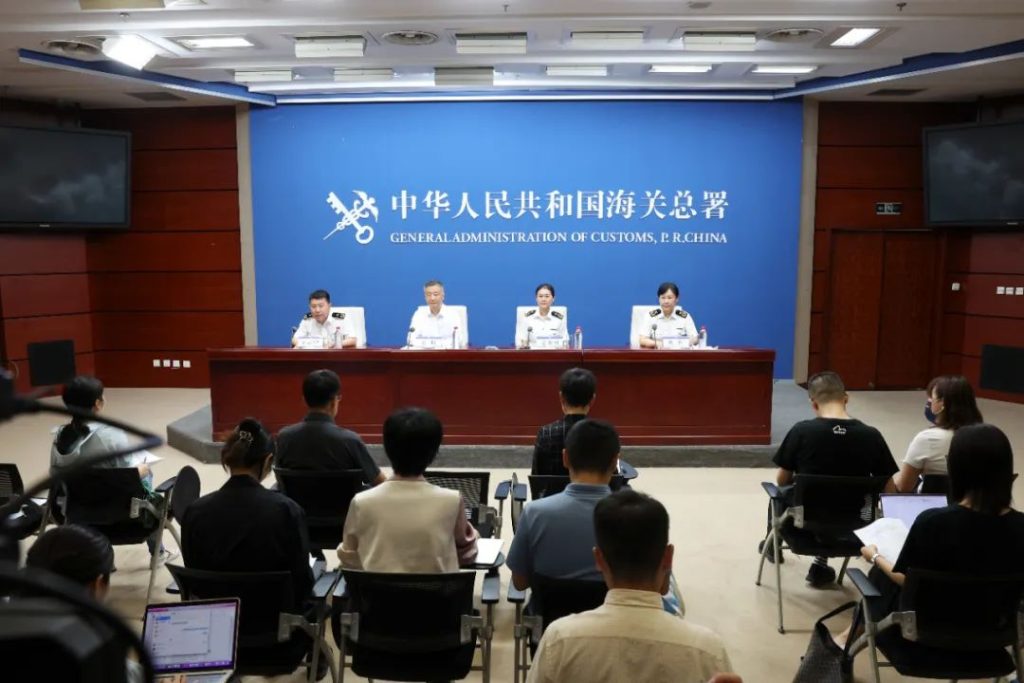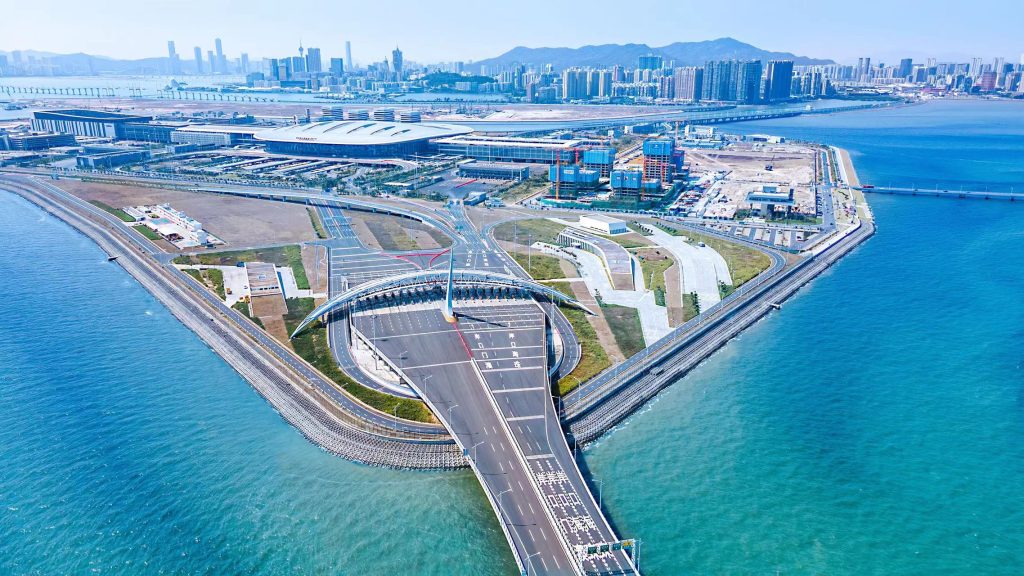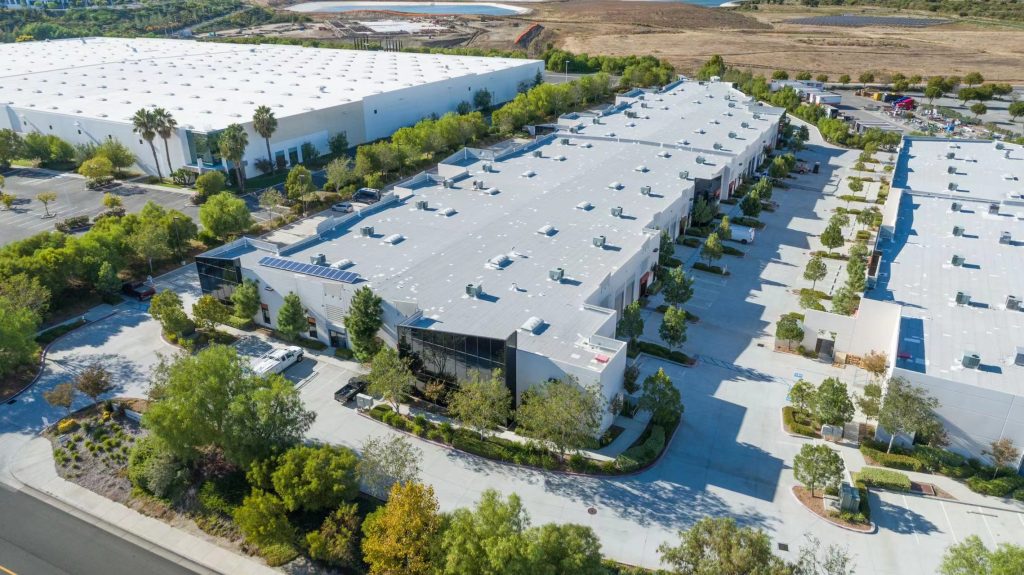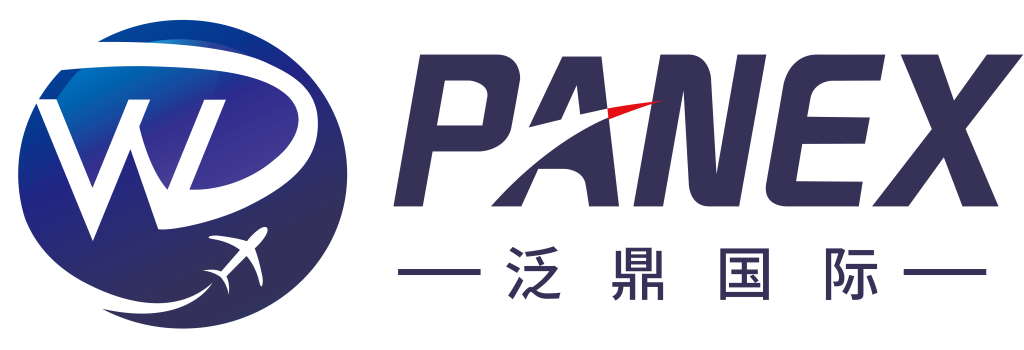Recently, the General Administration of Customs held a regular press briefing. Promoting the special action to promote the facilitation of cross-border trade in 2023 to achieve the results of the work of the stage of the situation.

Image source: Customs release
In order to deeply implement the spirit of the 20th CPC National Congress, implement the State Council’s work requirements on carrying out business environment innovation pilots, and create a first-class business environment that is market-oriented, rule of law, and internationalized, the General Administration of Customs convened a deployment meeting for the 2023 Special Action to Promote Cross-border Trade Facilitation in April this year, and focused on special actions in 17 port cities in 12 provinces and municipalities for a period of five months.
In order to further create a model highland for optimizing the business environment at ports, the General Administration of Customs, together with the National Development and Reform Commission, the Ministry of Finance, the Ministry of Transport, the Ministry of Commerce, the General Administration of Market Supervision, and other five ministries and commissions, focusing on the demands of local development and the concerns of the vast number of enterprises, have jointly launched 19 reforms and innovations in five areas.
Since the implementation of this year’s special action, the relevant provincial and municipal governments, the General Administration of Customs Guangdong Branch and 15 directly under the Customs and other units attach great importance to the actual introduction of distinctive supporting measures.
Among them, Jiangsu, Guangdong, Hebei Province to pilot cities as a leader, the special action to expand the scope of the province’s simultaneous deployment and implementation. At present, the special action has achieved significant milestones. Mainly reflected in the following five aspects:
First, deepen the “smart port” construction

First, to further deepen the “smart port” construction, promote the digital transformation of the port. First, the ministries and local synchronized efforts to deepen the international trade “single window” construction. The General Administration has continued to expand the basic functions of the “Single Window” and strengthened information sharing and business linkage among departments. Localities combine the actual situation and continuously enrich the service functions of “single window”.
Second, efforts have been made to strengthen the construction of “smart ports” and pilot reforms of customs clearance modes. Reform measures such as “direct ship-side pickup” for qualified imported goods, “direct loading upon arrival” and “linked pickup and unloading” for exported goods have been continuously pushed forward, and have been brought up to a large-scale level. Beijing and other places are actively exploring the “direct pick-up” mode for imported goods on the apron of airport ports, and have achieved success.
Third, we strongly support the digital transformation of key city ports. Shanghai, Zhejiang and other places actively integrate port resources, carry out paperless release of goods based on blockchain technology, and promote the application of intelligent one-stop port supervision services; Guangzhou expands the application of Guangdong, Hong Kong and Macao Bay Area cross-border customs clearance service platform, realizing that enterprises in Guangdong and Hong Kong share “one big form”, and from January to July this year, it has realized the declaration of bills of lading of 64,000 tons. From January to July this year, 64,000 bill of lading declarations and 52.89 million pieces of goods were realized.
Promoting the healthy and sustainable development of new industries

Second, to further support the upgrading of foreign trade industry, to promote the healthy and sustainable development of new business.
First, actively explore and promote customs supervision model innovation. Shenzhen Customs and other pilot “bonded + ERP” regulatory reform, the daily supervision of Customs embedded in the processing trade goods “in, out, production, transfer, sales, storage” process, significantly improving regulatory efficiency. Shenzhen Customs to implement the import of chilled aquatic products “air express”, improve the sampling and inspection process, the number of imports of chilled aquatic products, the value of a substantial increase year-on-year.
Second, to further optimize the customs supervision of cross-border e-commerce, to support the construction of overseas warehouses and cross-border e-commerce export LCL development. From January to July this year, the value of Tianjin’s cross-border e-commerce B2B exports amounted to 44.13 billion yuan, an increase of 15.1% year-on-year; Ningbo is the first to create a cross-border e-commerce export front warehouse supervision mode, and the value of cross-border e-commerce exports from special zones amounted to 1.142 billion yuan. Beijing, Shijiazhuang and other places to vigorously implement the overseas warehouse audit business online, to ensure that cross-border e-commerce exports of goods “out of the way” “back to the”.
Thirdly, it supports pilot ports to establish a “white list” system for imported medicines. Shanghai, Beijing and other places have improved the operation mechanism of the “white list” of medicines for biomedical research and development, optimized and simplified customs clearance procedures for medicines, and achieved good results.
Third, enhance the level of safety and smooth flow of cross-border customs clearance logistics chain

Third, to further enhance the level of safety and smoothness of the cross-border customs clearance logistics chain, and to promote the development of domestic and international “double cycle”.
First, deepen the integration of regional logistics, help the development of domestic and international trade goods transportation on the same ship. Shanghai coordinated to promote the integrated development of regional ports, the Yangtze River along the Yangtze River and the Yangtze River Delta coastal ports into the “linkage and unloading” operations, each TEU of goods to save logistics costs of 100-400 yuan. Chongqing launched the “Shanghai-Chongqing Direct Express”, realizing the parallel operation of customs transfer and port transfer, and shortening the processing time of water transport customs transfer by more than 90%. Wuxi Port has realized that the proportion of domestic and foreign trade goods transported by the same ship has reached more than 79%.
Secondly, it actively promotes the development of cross-border liner trains such as the China-Europe liner train and the Western Land and Sea New Corridor. Chongqing has taken the lead in adopting special railroad carriers for whole-vehicle transportation, and the volume of a single shipment is 1.5 times higher than that of traditional containers, which can reduce the cost for enterprises by about 15%. Qingdao to play the role of the SCO demonstration zone, the opening of the “Central Asia through train”, access to the SCO and the “Belt and Road” to build a total of 23 countries and 54 cities.
Thirdly, promoting the paperless electronic operation documents of port, shipping and logistics. Take Tianjin Port as an example, improve the intelligent supervision system of domestic and foreign trade cargo transportation on the same ship, implement synchronized operation of domestic and foreign trade ships and cargoes, and from January to July this year, Tianjin Dongjiang Port Area has carried out domestic and foreign trade ship operations for nearly 1,000 ships and 1.314 million TEUs in total.
Fourth, reduce burden and increase efficiency for enterprises

Fourth, to further clean up and standardize the import and export compliance fees, for enterprises to reduce the burden and increase efficiency.
This year, localities and relevant departments have conscientiously implemented the national policy measures to reduce taxes and fees, and continue to promote the port charges catalog list publicity system and dynamic updating. At the same time, continue to promote the exemption of customs inspection no problem foreign trade enterprises lifting, shifting, warehousing costs pilot work, by the central government to pay the relevant costs; around the actively guide the main body of the charges through the “single window” public charges, services and other information, to facilitate business inquiries, comparisons and independent choice, through joint efforts, better for enterprises to reduce burdens and increase efficiency. Through joint efforts, to better reduce the burden and increase efficiency for enterprises.
According to incomplete statistics, from January to July this year, Ningbo, Shanghai, Shenzhen and other coastal ports have realized a targeted reduction of about 150 million yuan of international ship pilotage (berthing) fees.
Fifth, enhance the sense of access and satisfaction of the majority of enterprises

Fifth, further measures to enhance the sense of access and satisfaction of the majority of enterprises.
First, optimize enterprise credit management, continue to strengthen the cultivation and certification of AEO enterprises, and lengthen the chain of benefits for AEO enterprises.
The second is to improve the efficiency of RCEP certificate issuance, continue to release the dividends of RCEP-related preferential policies, and serve enterprises to enjoy the preferential policies of the FTA as much as possible.
Third, improve the communication mechanism between government departments and the business sector, and jointly promote the “zero problem” of enterprises, which has achieved good results.
Source: Customs Release
Image source: Photo Gallery License

